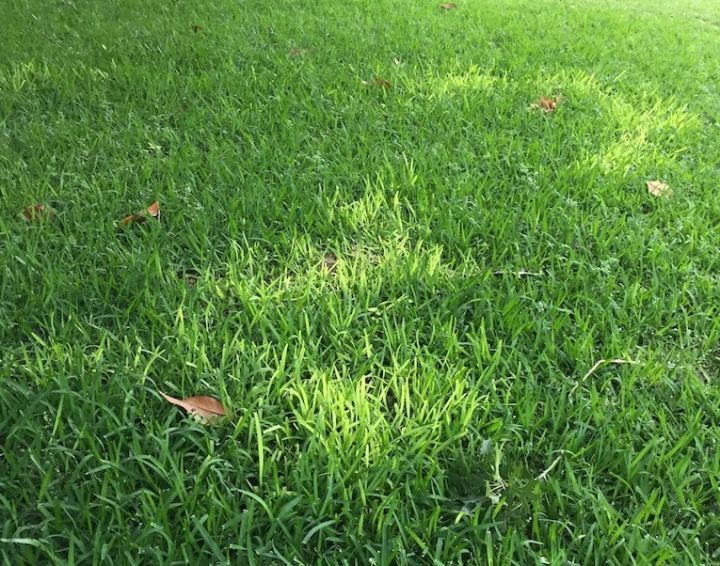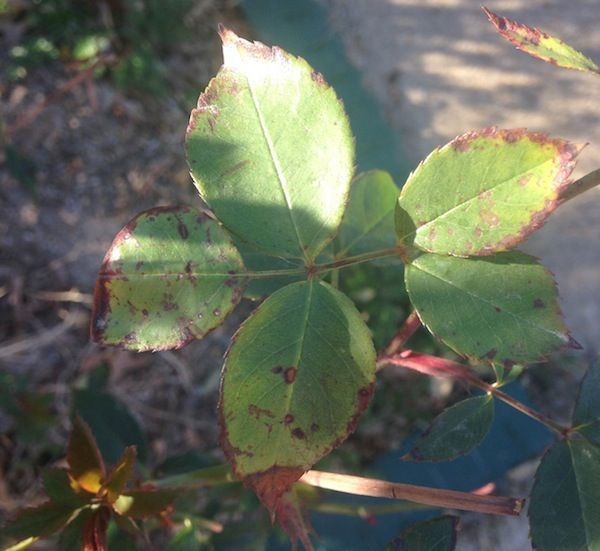Spring has Sprung & So have Fungal Diseases!
April 6, 2016 | By webadmin
Spring is in high gear here in North Texas and has been for some time now. Our mild winter, along with rain and humidity through March, have brought with them not only a beautiful early spring show, but also a host of fungal diseases. If left unchecked, these fungal diseases could get out of hand and cause long-term damage to your lawns and landscape plants.
Here are two important fungal diseases to watch for:
Take-All Root Rot in lawns: Have you noticed leaf blades in your lawn turning yellow, along with large patches dying off in irregular patterns and dark brown, rotting roots? Your lawn could be infected with Take-All Root Rot (TARR). The fungus, Gaeumannomyces graminis var. graminis, is already showing up due to the recent warm days, cool nights and extra rainfall this past winter. These conditions unfortunately created the perfect environment for TARR to thrive. For those with compacted soil in their lawns, TARR can be even more problematic.

Is new lawn growth yellowing in irregular patches? You could have TARR.
Treatment: Due to the difficulty in treating TARR successfully, we often treat the soil by reducing compaction and improving aeration. We also remove and re-sod damaged areas when needed. With proper watering and maintenance practices, you’ll naturally see less fungal problems, such as TARR, in your lawn. For details on TARR, visit our past post here.
Leaf spot on roses and shrubs: Black spot on roses is causing quite the scene in landscapes right now. If you are noticing dark brown to black spots with yellow edges on rose foliage, then your plants have Black Spot fungal disease. Other shrubs such as photinia and Indian Hawthorn are susceptible to Entomosporium leaf spot. Both fungal diseases are spread by splashes of water and spores that live in leaf litter below the plants. If you have sun shrubs planted in too much shade, are over-watering, or are watering at night, then your plants will be more susceptible to fungal diseases such as Black Spot and Entomosporium leaf spot.

Leaf spot on a rose plant.
Fungal leaf spot diseases can be treated with both conventional or organic fungicides. But, they needs to be treated quickly and will require follow up treatments in 7-10 days. Good maintenance and watering will also keep fungal diseases at bay. Details on leaf spot and how to protect your plants here.
Prevention is always the best medicine: When your plants are healthy, they have the best chance of warding off diseases. Fertilizing, pruning, mowing and watering properly through the year will help ward off problems naturally. Healthy soil full of organic matter, worm castings and other nutritional amendments help keep plants strong, vigorous and better able to tolerate diseases and pests.
